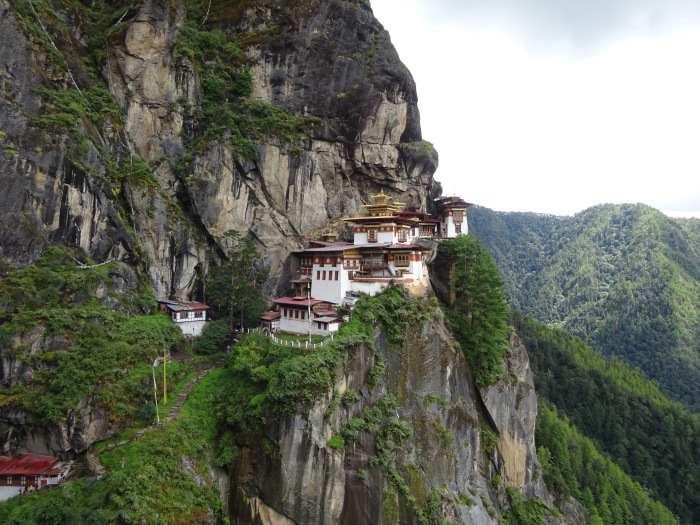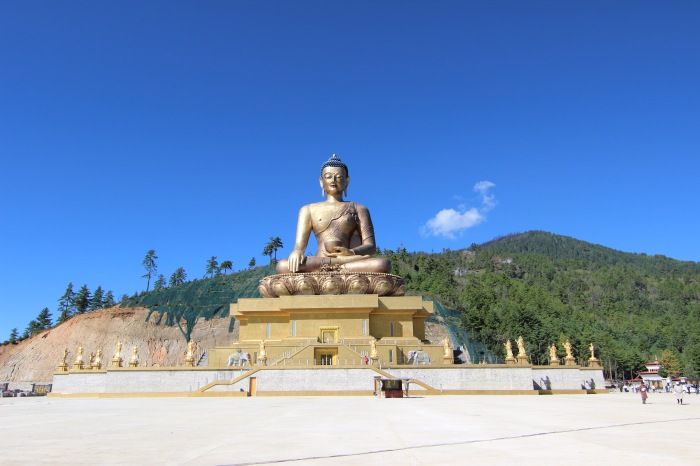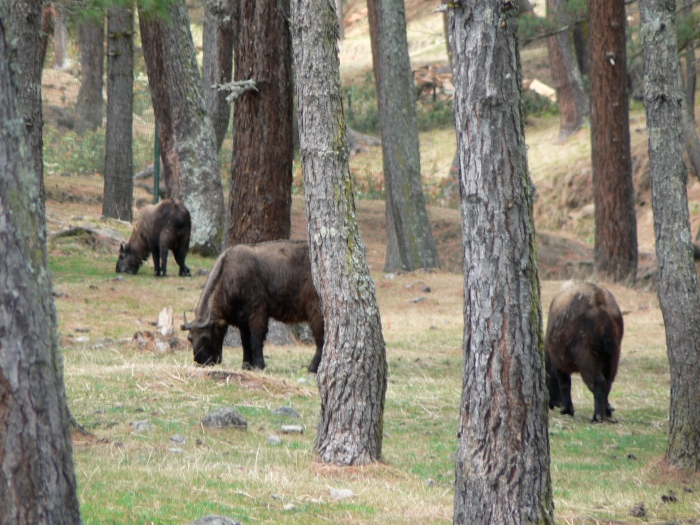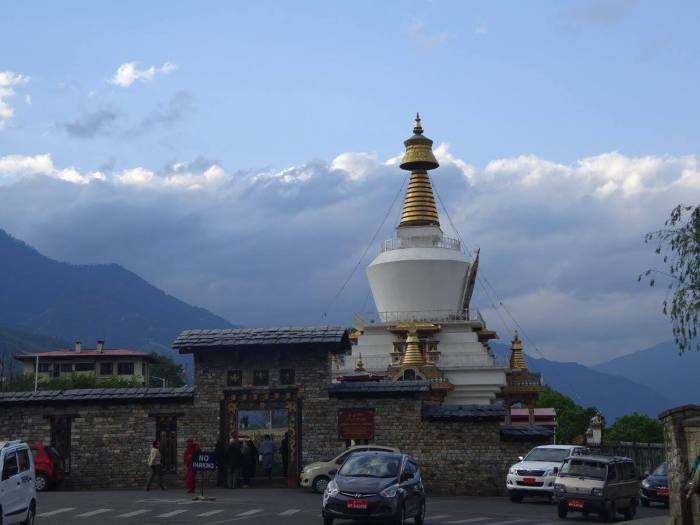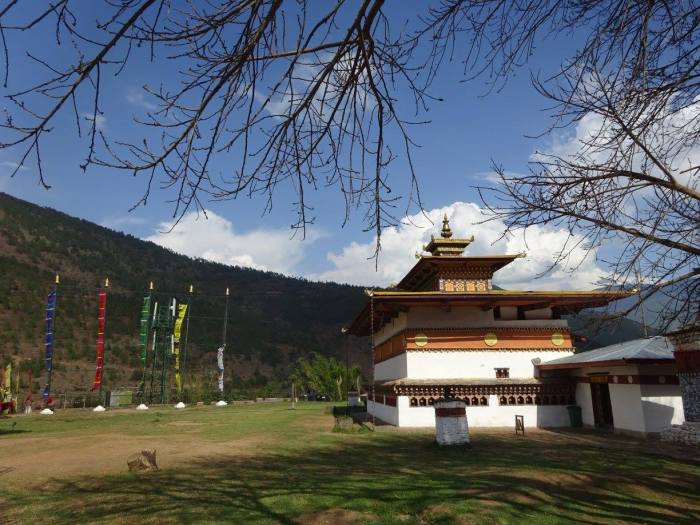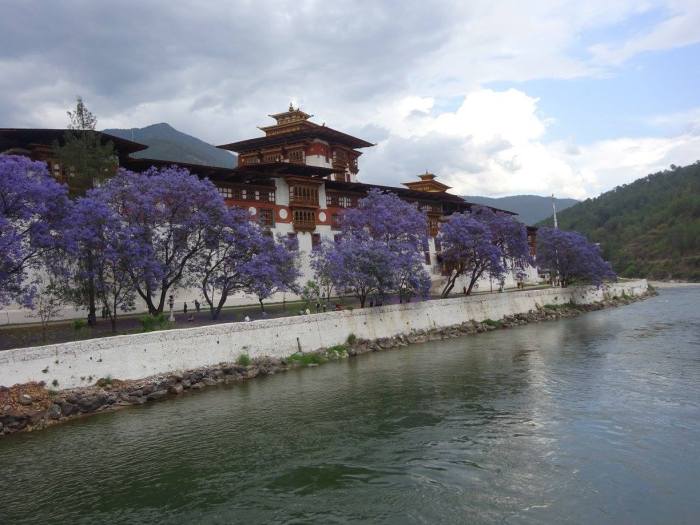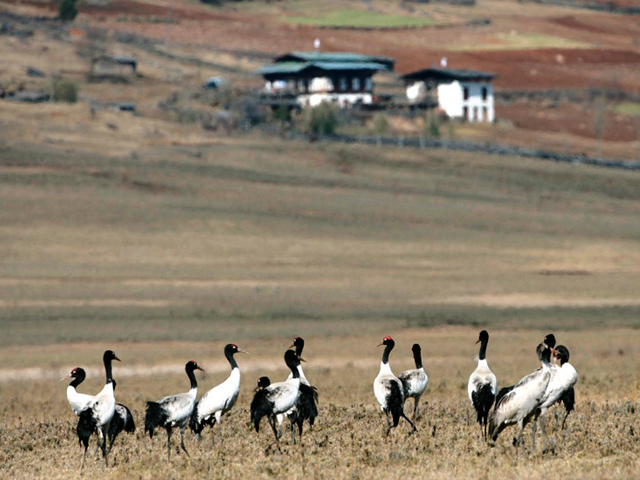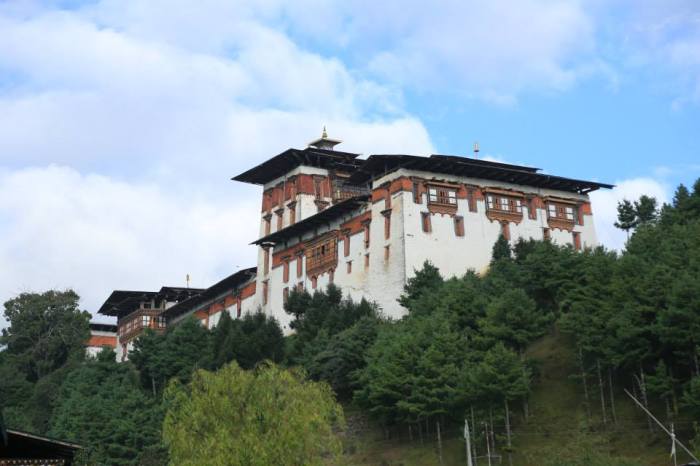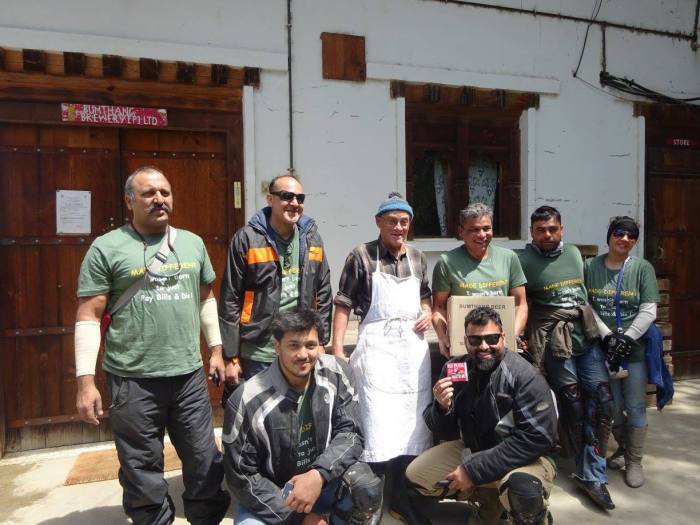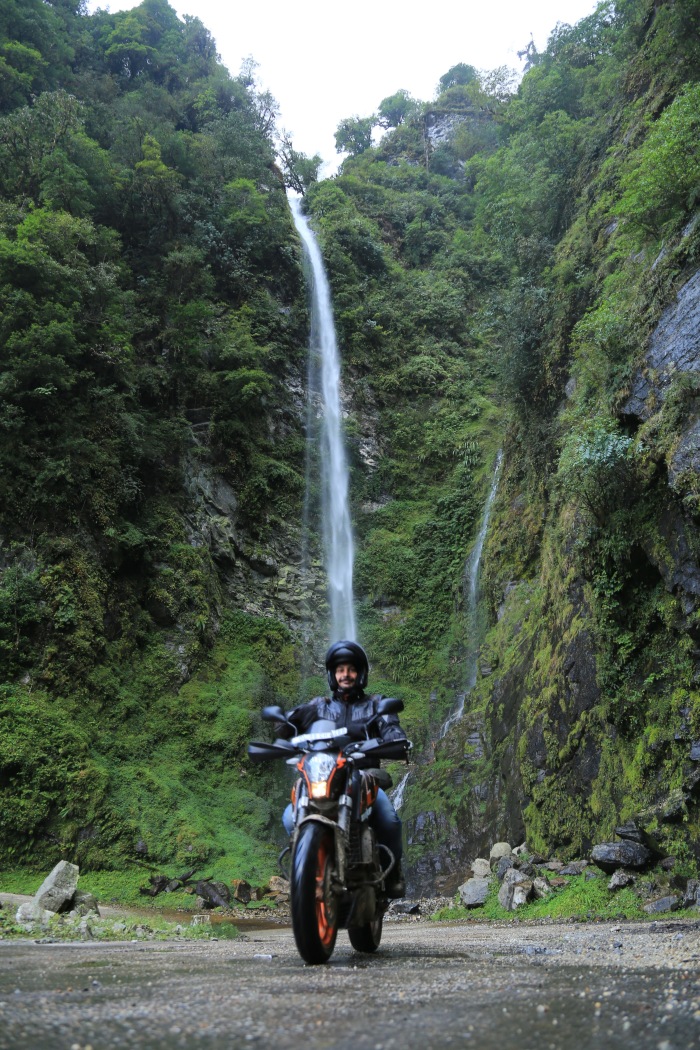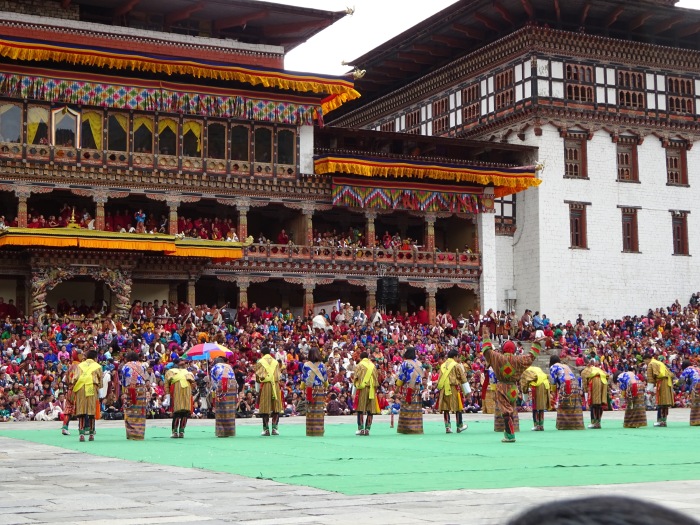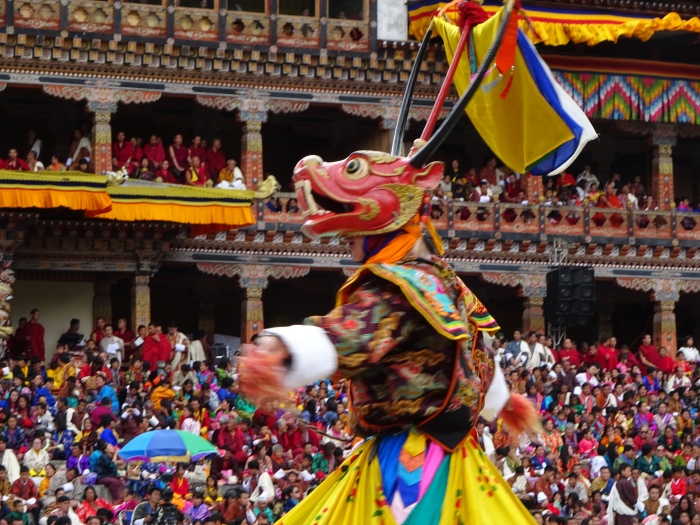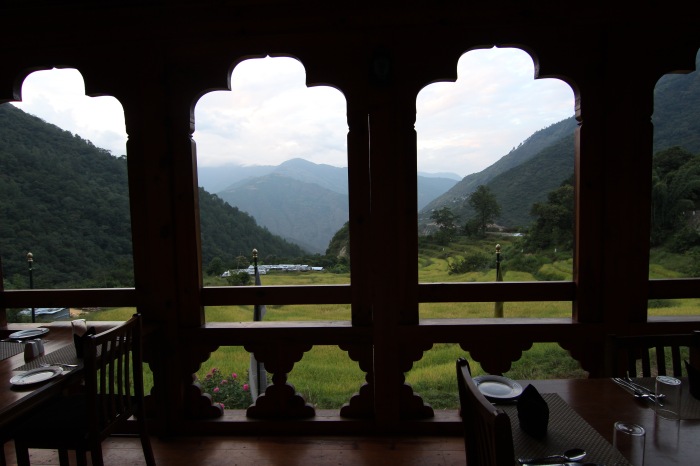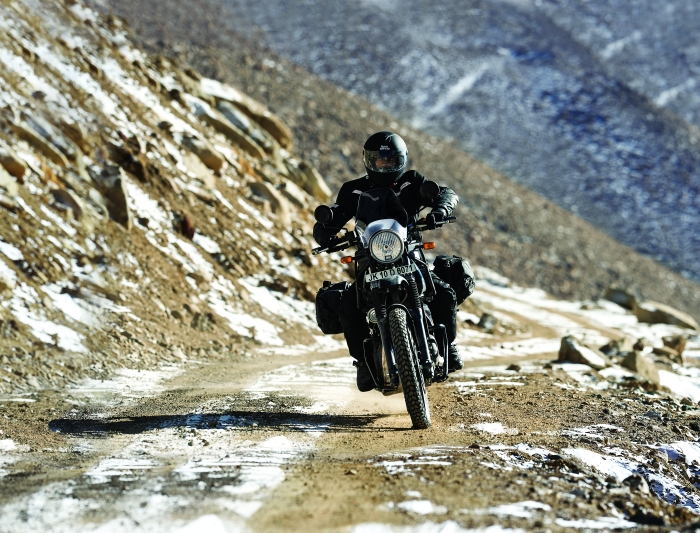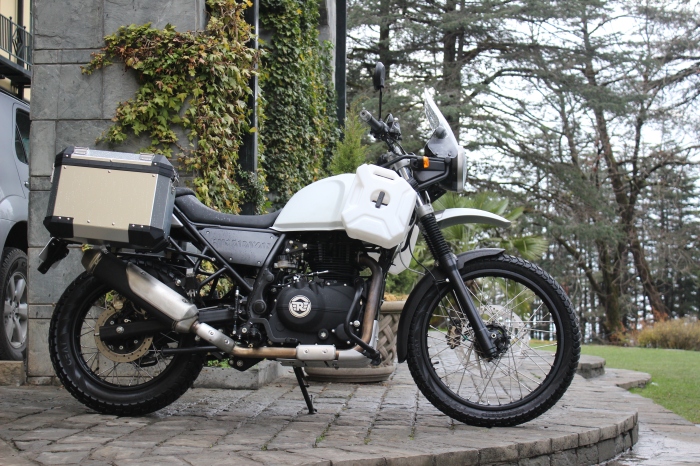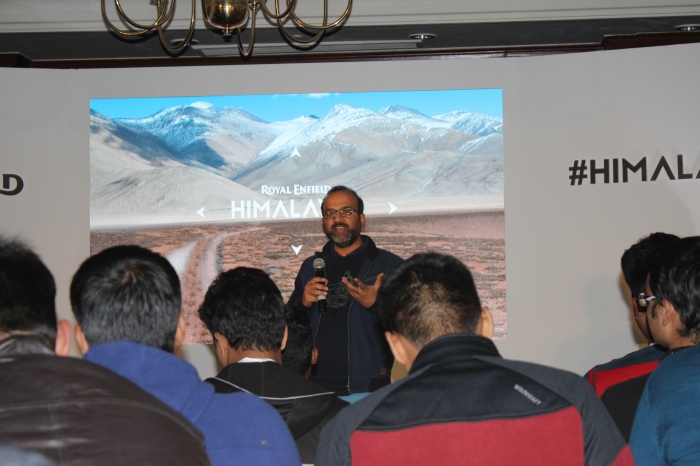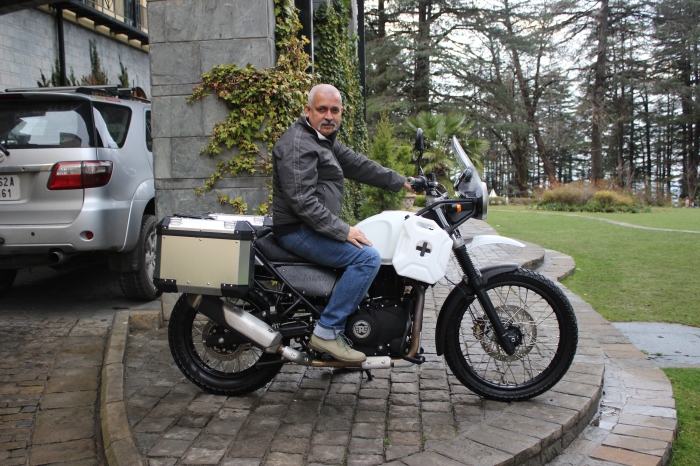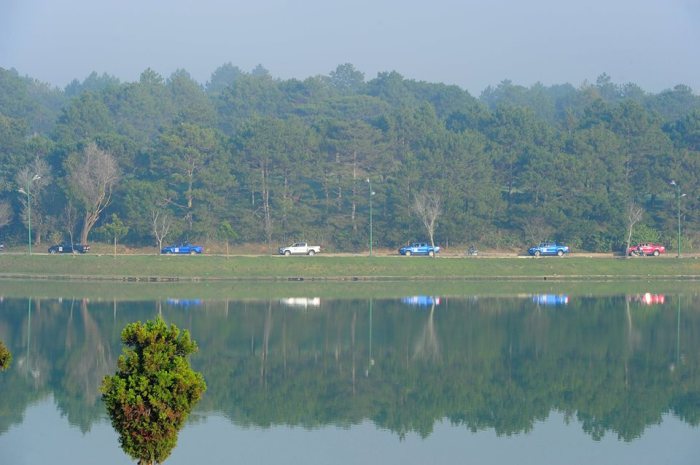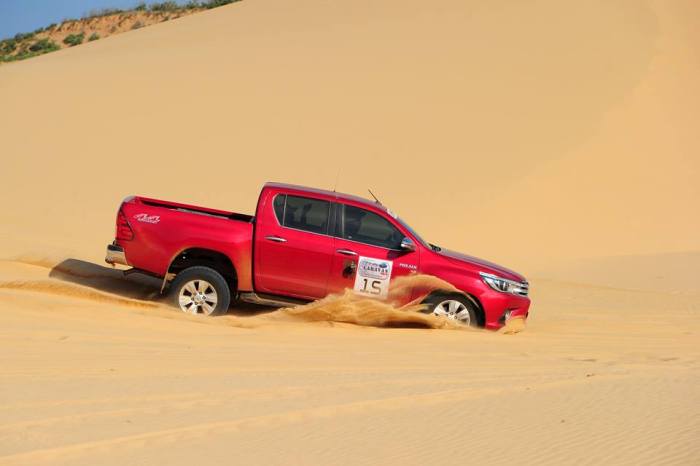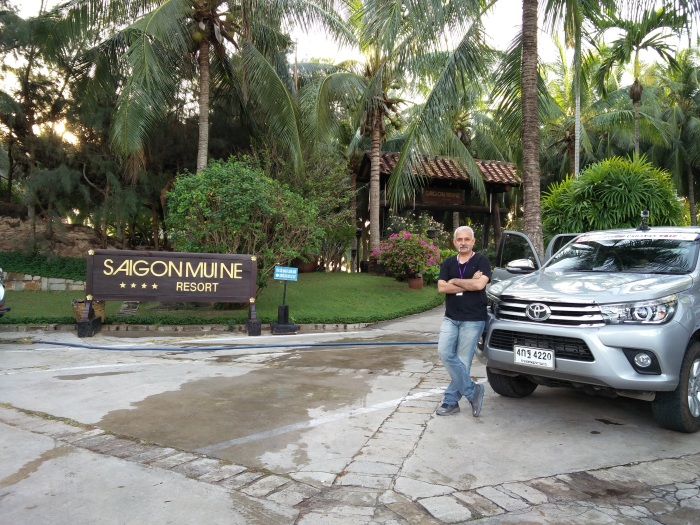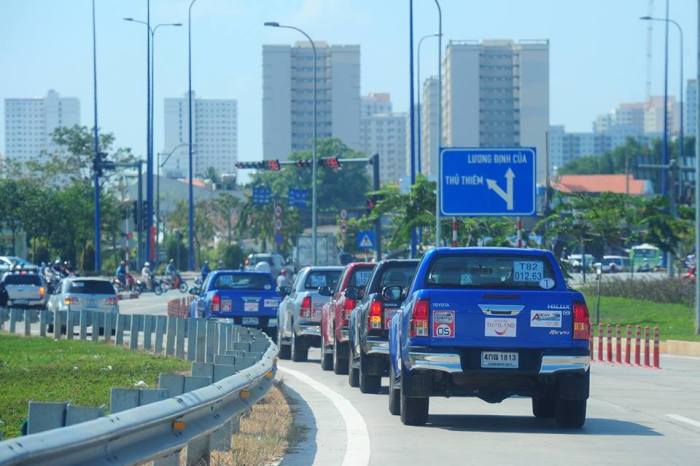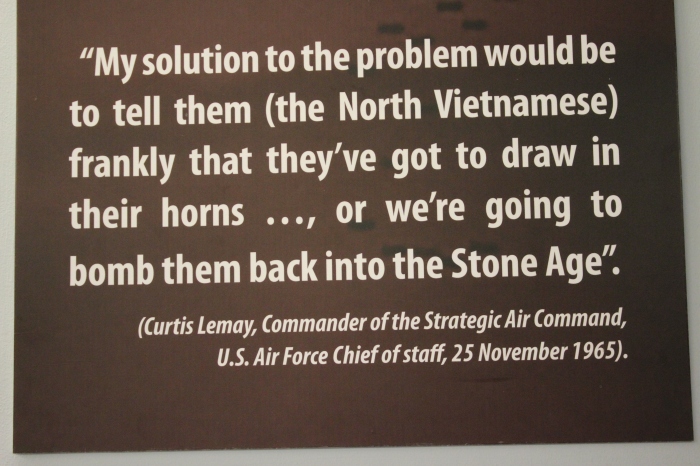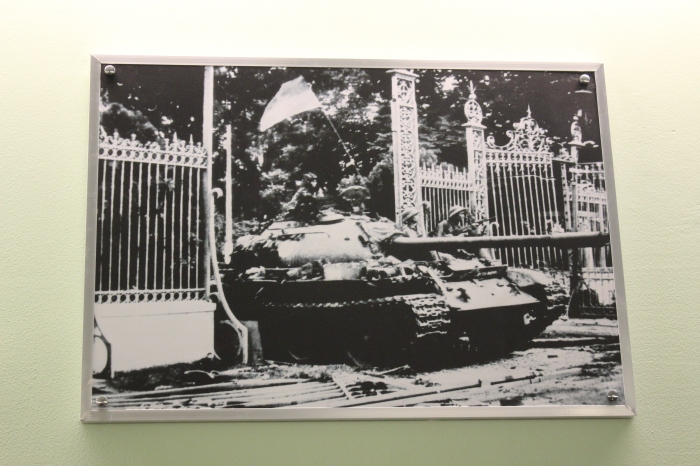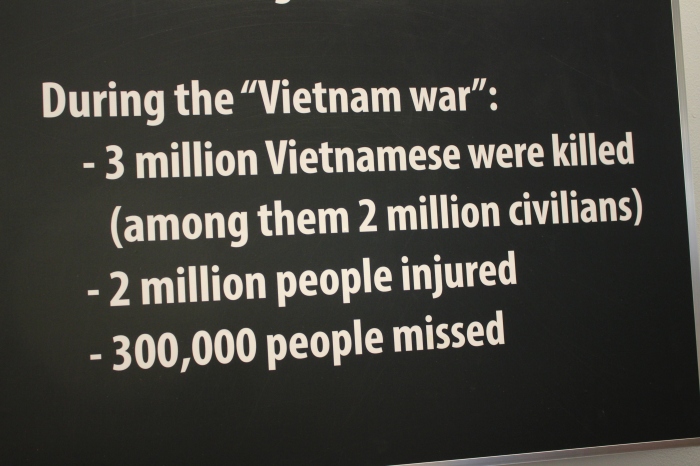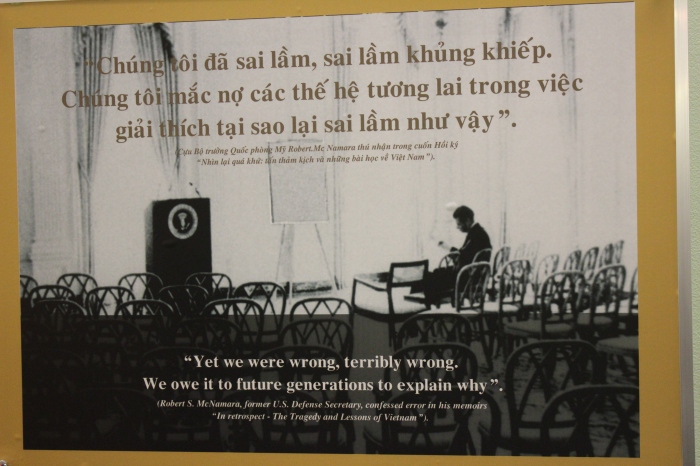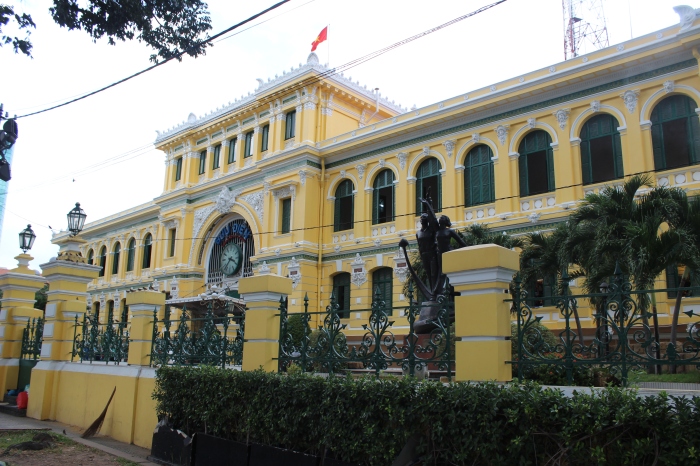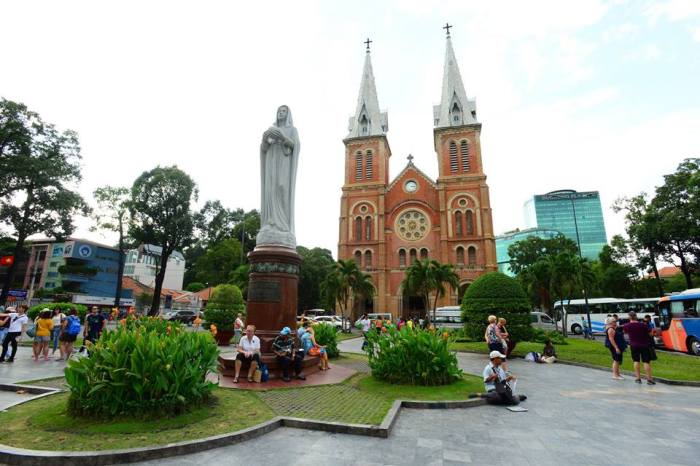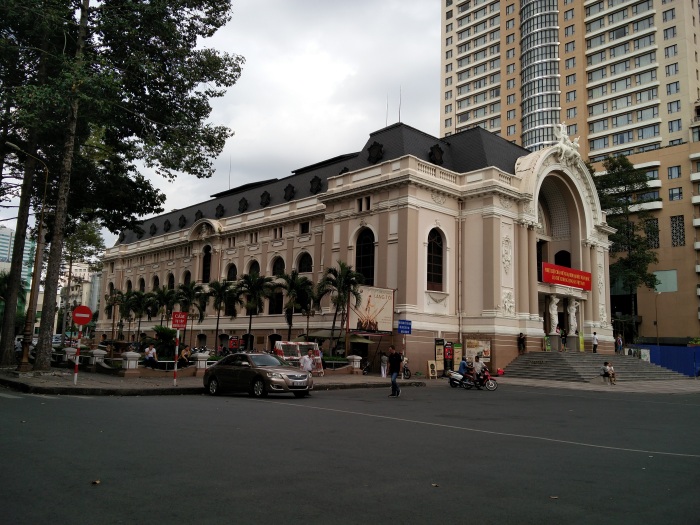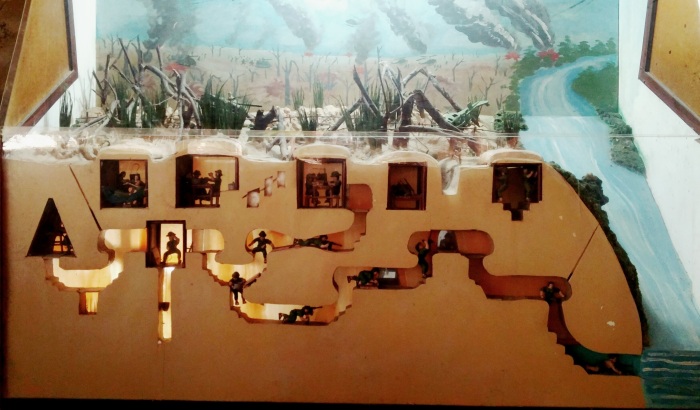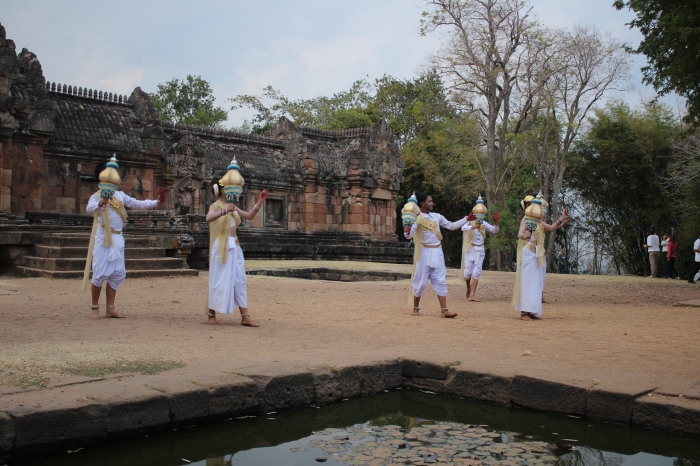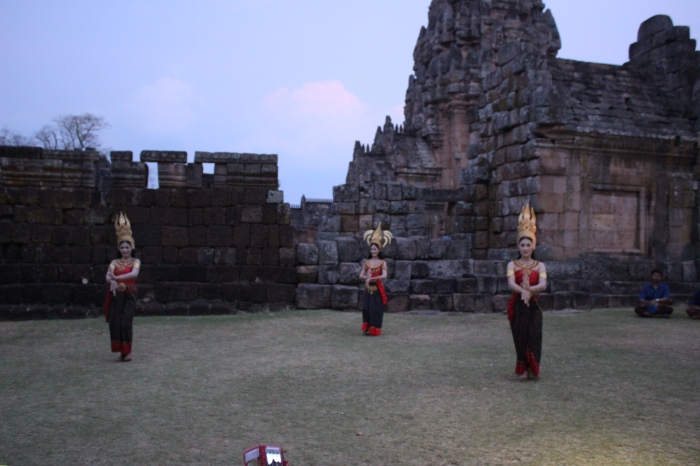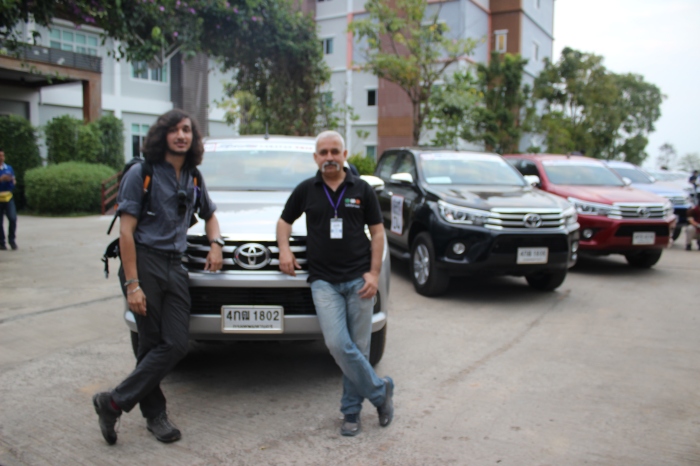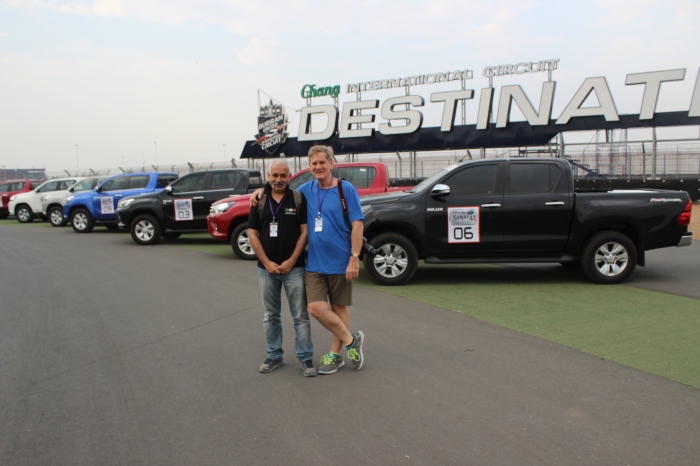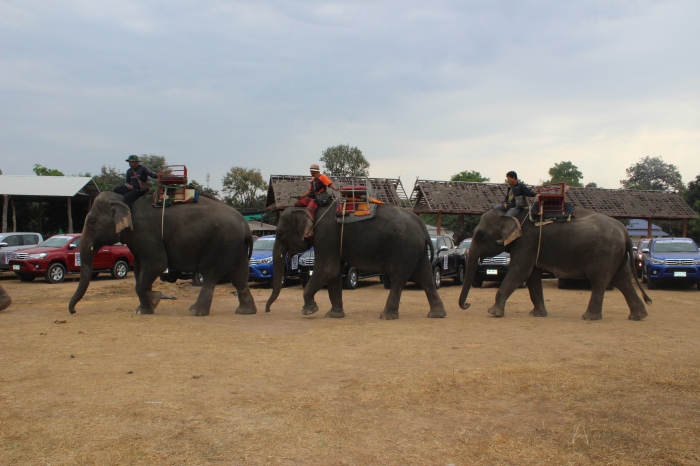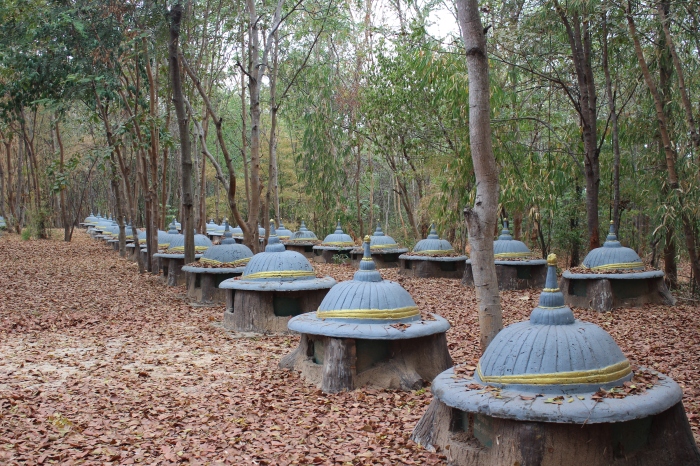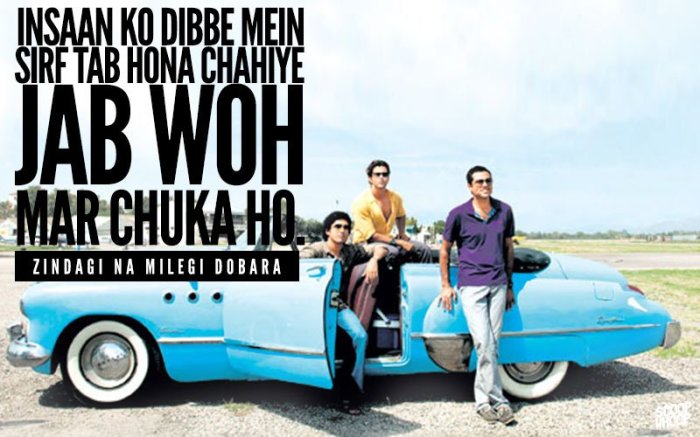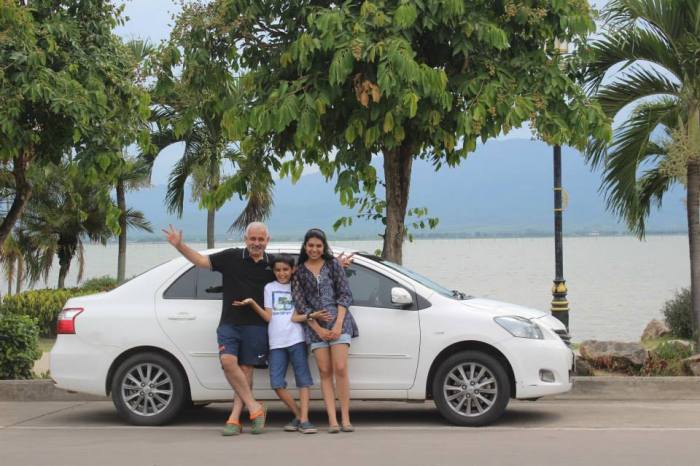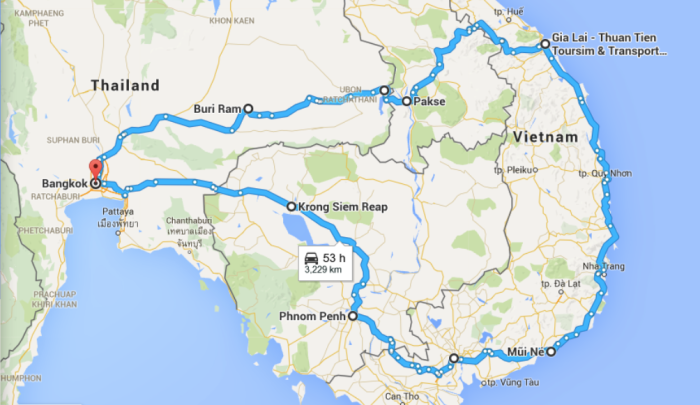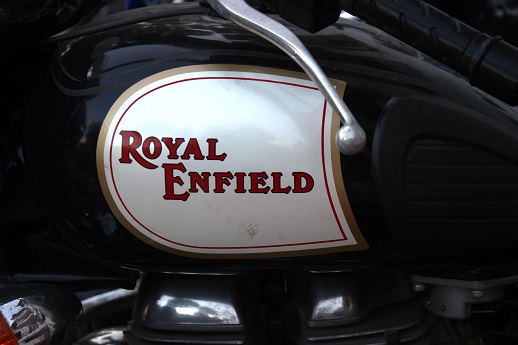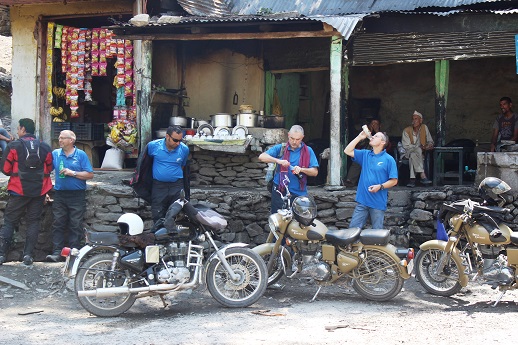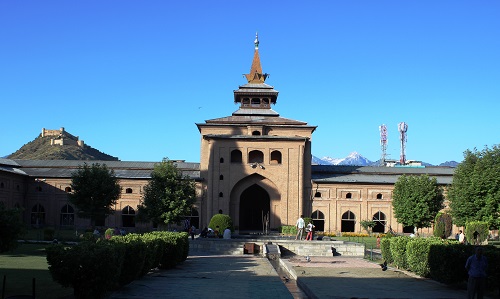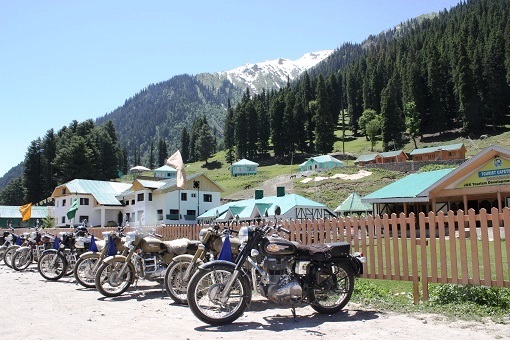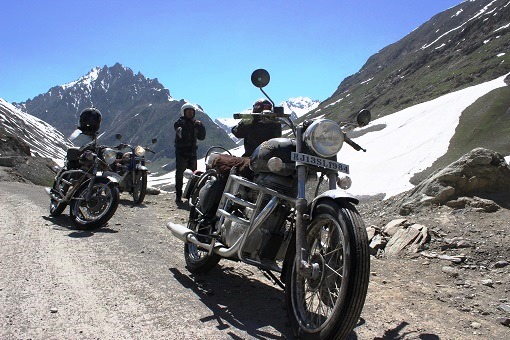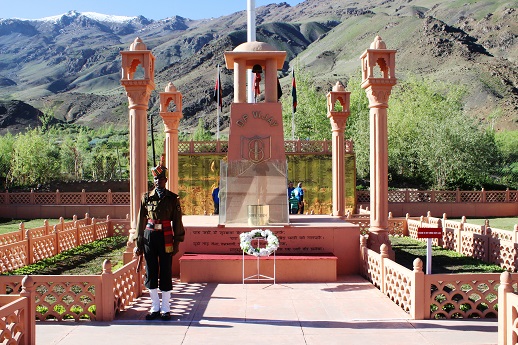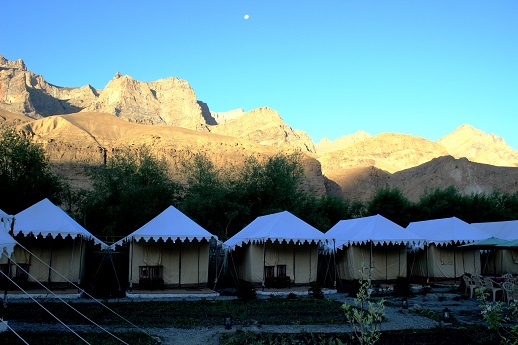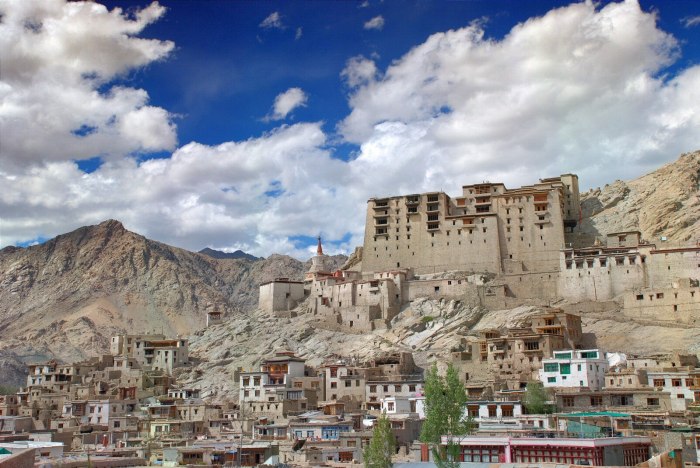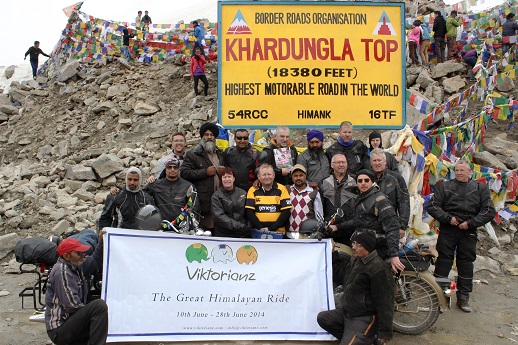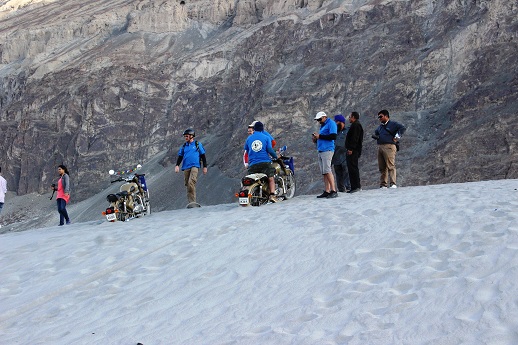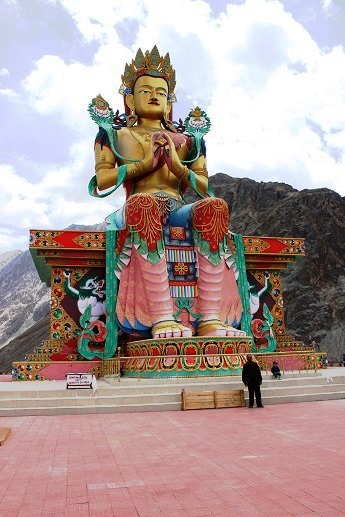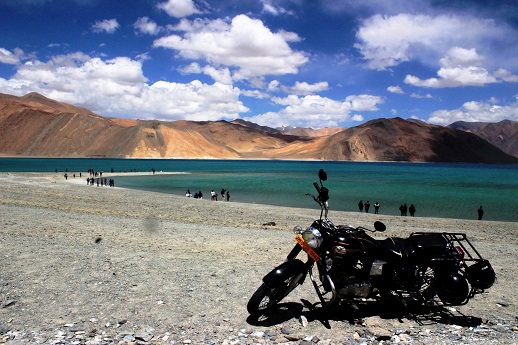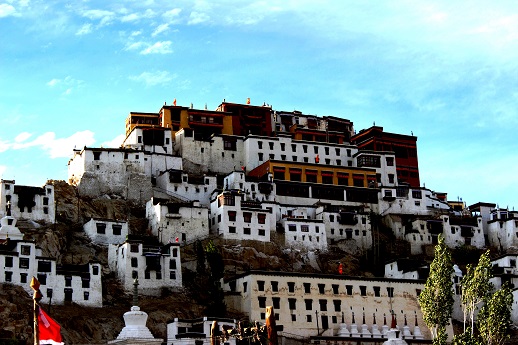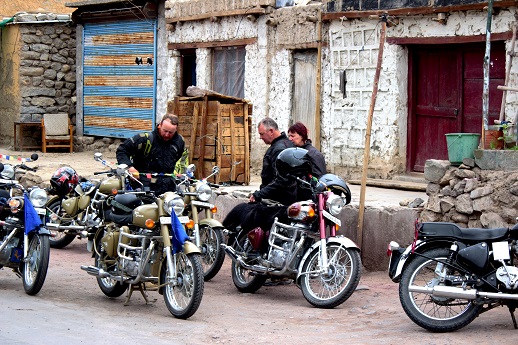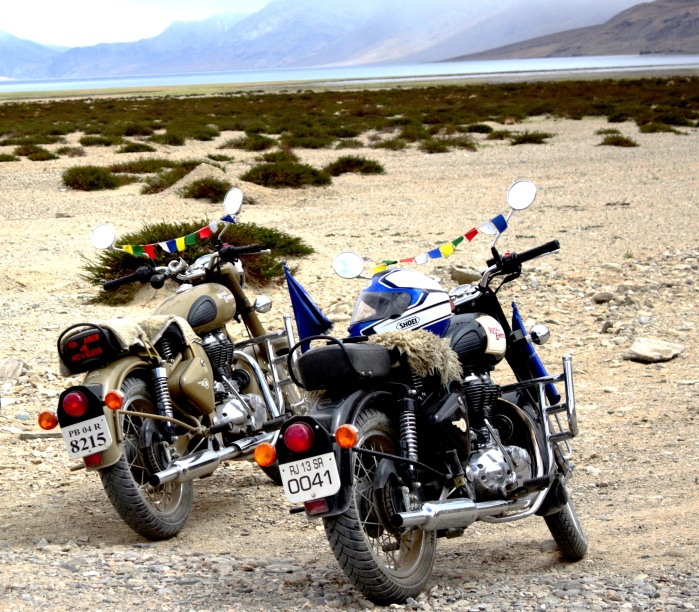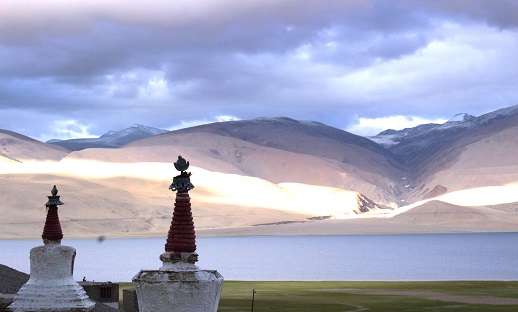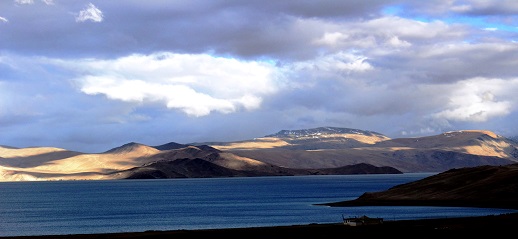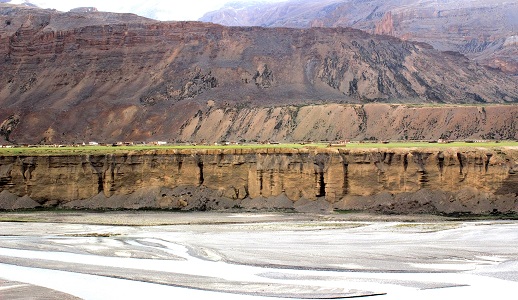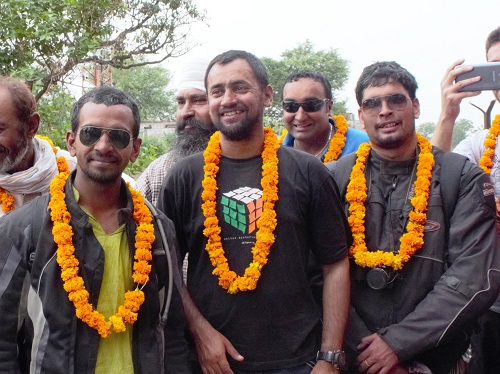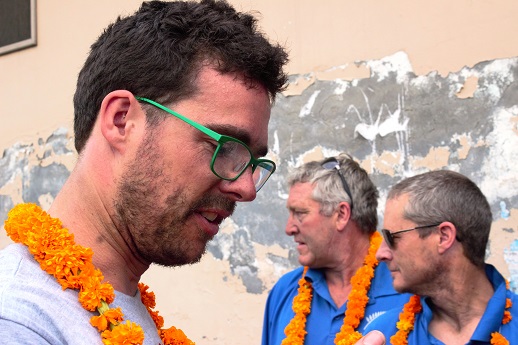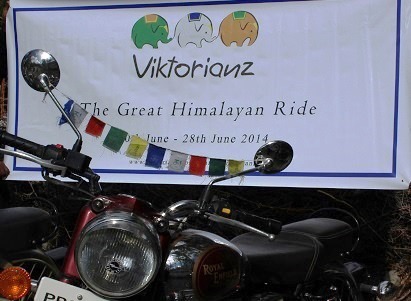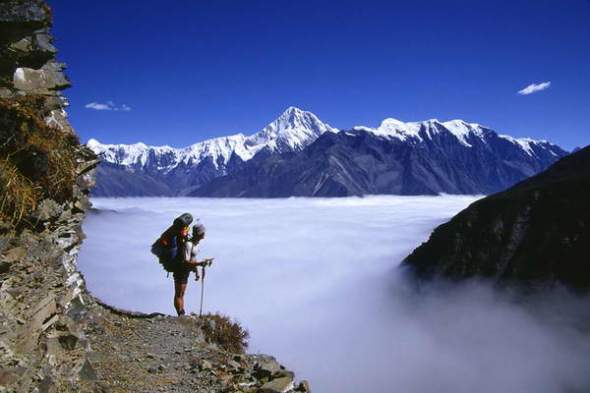These are the musings from one of the most ambitious United Nations Mission. Its a story not many know of …
I was destined for Congo …
‘Heart of Darkness’ by Joseph Conrad, the Polish-British novelist was the narrative that came alive in my mind when i got this signal from Army Headquarters. The signal called for an interview to select officers for a deputation with United Nations Mission in Congo – it was a diplomatic assignment and select few would get an opportunity. Back in 2003 fresh out of Staff College, I was a Brigade Major of an Infantry Brigade, serving Indian Army somewhere on the line of control in Kashmir. And Line of Control, by Jove, is loads of real time action, a roller coaster of a life – day and night.

Cut to – late1980s, I was in National Defence Academy and my brother who was then in St Stephen’s College, Delhi doing English Honours, brought this book home in summer vacations – ‘Heart of Darkness’ – a small 100+ page novellette. It was about Marlow taking a boat journey upstream of Congo River to find a white man Kurtz, stationed deep inside central Africa. This piece of land was then known to western world as ‘Congo Free State’ and almost unknown to rest of the world. In those earlier centuries, when the maps were still being drawn – Africa was Dark Continent – unexplored, unknown, undefined, un-demarcated and Congo was the Heart-of-Darkness.
Post a high profile interview, I was nominated to join United Nations Mission in Congo. June of 2004, some diplomatic and immunisation routines later, I was finally on a circuitous flight to Congo via Mumbai, Dubai, Nairobi and finally Kinshasa, the capital of Democratic Republic of Congo ( DRC for short). That is where the headquarters of UN Mission in Congo was situated.
Congo of the Phantoms …
Africa has always been a curious land – like the deep jungles of Phantom comics – so much shrouded in mystery. As i flew the African skies – i could see below the huge brown and green expanse of vast African landmass.

Few hours later, the plane approached the Kinshasa airport, and like a curious child i wanted to catch every glimpse of this dreamland preserved in my memory. The plane flew over the mighty Congo River and I could see two medium sized capital cities of two Congos – Kinshasa, to South, the capital of Congo DRC, an erstwhile Belgian colony and Brazzaville, to North, the capital of Congo republic, an erstwhile French colony. As these river views faded from sight the plane touched down on the runway and I was actually in Congo. My curiosity levels were higher than ever.
As I walked across the runway – ground reality hit me hard! The scene at the airport was rather discouraging – a strange and winding immigration procedure, a New Delhi railway station kind of chaos all over and a physical struggle to extricate my trunk of supplies. No one seem to be knowing what was going on. Well .. welcome to Congo!

A Century Back … Leopold Came in …
DRC has a uniquely interesting history. Before the world knew Congo, it was inhabited by humans since 80,000 years ago and Bantu tribals were the residents of this land, before slave trade began in 15th and 16th Century. One famous slave and ivory trader of 19th century was Tippu Tib, who made successful inroads into the unknown Great Lakes region, and also helped famous european explorers, David Livingstone and Henry Morton Stanley go deep into Africa. He was famed to have 10,000 slaves at a time and was responsible for Stanley’s famous expeditions into heart of Africa. Indirectly, Tib was the man who brought the white man’s burden to the bear on central Africa.
One book i read as part of my preparation for Congo was ‘King Leopold’s Ghost : A Story of Greed, Terror and Heroism in Colonial Africa’. It is a best-selling book by Adam Hochschild that explores the exploitation of the Congo Free State by King Leopold II of Belgium.
If there is one person who could be responsible to initiate the misery in Congo, that continues till this day, it was King Leopold II of Belgium. Leopold unsuccessfully tried to measure up to other affluent nations of 19th century Europe by acquiring Philippines as a colony, which did not work out.
He then desperately manipulated to acquire Congo as his personal property, under the garb of human development and called it Congo Free State. He commissioned the popular explorer of the day Sir Henry Morton Stanley, to go deep into Congo, up the Congo River and establish trade stations. Sir Stanley, was a British and American explorer of central Africa – who was as controversial as he was famous. Stanley is a key figure who has a foot print almost all over Congo – locally known as Bula Matari ( meaning Stone Breaker). He was known to join the slaves in breaking of stones to make roads in Congo.

In the years that followed Stanley’s expeditions, Leopold and his emissaries exploited and killed mercilessly to extract ivory and rubber and bring fortunes to Belgium. During this period of plunder an estimated 10 million people died, which reduced native population to half. In 1908, under pressure from UK, the Belgian parliament annexed Congo from Leopold – from Congo Free State it was now the Belgian Congo.
Belgians Exit Congolese Step in …
The typical colonial exploitation and cruelty continued unabated till 1960. If a native would extract lesser rubber than day’s target, his hands or legs could be chopped off as punishment. In 1960 under pressure of a nationalist movement, Congo got independence. People had their first elected Prime Minister Patrice Lubumba. The name of new state was changed from Belgian Congo to Republic of Congo.
Unfortunately, this freedom was short lived. Once the Belgians went away it was time for the native leadership to play the exploitation game. In the backdrop of cold war rivalry of times, America supported a coup by the Army Chief Joseph Mobutu, who annexed power and declared himself the President. He created a brand new nation Zaire, situated by River Zaire ( Congo). PM Lumumba was arrested and till date no one certainly knows whatever happened of him. The rumour is he was killed by a Belgian firing squad or cut to pieces or may be dissolved in acid … who knows?

Mobutu was an epitome of corruption and mis-governance. In his first speech upon taking power, Mobutu told a large crowd that since politicians had brought the country to ruin in five years, “for five years, there will be no more political party activity in the country.”
Mobutu had the strange dual honour of being the richest man in the world while presiding over the poorest nation of the World. Backed by US against spread of communism in Africa, Mobutu continued to be yet another despotic head of state. It was explained by one of his relative –
“Mobutu would ask one of us to go to the bank and take out a million. We’d go to an intermediary and tell him to get five million. He would go to the bank with Mobutu’s authority, and take out ten. Mobutu got one, and we took the other nine.”
Invariably Mobutu would take his million to Belgium or France to shop and splurge. Among many diseases that are endemic to Congo such as ‘sleeping sickness’, the new one coined by Mobutu himself was ‘Zairean sickness’ meaning gross corruption and theft. Zaire was a kleptocracy – the people in power literally shopped around the world with government funds.

In 32 years of despotic rule, its well known that he made more kilometres of air strips than roads. He believed that if he needed to go to people he would fly to them by his private planes, and it was convenient that Congo regions remained isolated and fragmented.
I was amazed to See …
Settled in Kinshasa, I began my work as a Military Staff Officer and did a few roles before i settled down as Training Officer incharge of educating the new arrivals in the nuances of Congolese culture and history. I really loved the part. One of the films that i recommended for everyone to watch when working in this part of Africa was – the hair raising account of Tutsi genocide in Terry George’s 2004 film ‘Rwanda Hotel’. I happen to see the film in the very first week of my arrival in Kinshasa – and well i had tears in my eyes. I learnt a great deal about the history and people of Congo overtime – each passing day my empathy for common man would grow.
After the 1994 genocide in Rwanda in which a million Rwandans were killed within 100 days, some 1.2 million Rwandese Hutus, called Interahamwes, fled to the Kivu regions of formerly Zaïre. A rebellion began in Kivus in 1996, pitting the forces led by Laurent Désiré Kabila against the army of President Mobutu. Kabila’s forces, aided by Rwanda and Uganda, took the capital city of Kinshasa in 1997. In the wake of this take over, Mobutu saw this fate and fled the country. A few months later he died in Morocco suffering from prostrate cancer.
In keeping with the past precedence, for the 5th time, Kabila changed name of country to Democratic Republic of the Congo (DRC). As hitherto fore, there was no improvement in the plight of common man – poor, hungry and exploited. A curse that refused to go away, since the sinister greed of King Leopold II dawned on these innocent lands.
You live by the Gun, you die by the Gun. Laurent Kabila was assassinated by a child soldier from among his bodyguards in 2001 – it is still a mystery as to who orchestrated this murder and why! Eight days later according to Kabila’s last wishes, his son Joseph Kabila succeeded as President and remains the head of state till this day. This time around the new head of state decided to do other things than changing the name of state.
I had spent almost 4 months by now. One thing that hurt me the most was the plight of women in Congo. One incident is etched deep in my memory.

The United Nation Headquarters had a club and a cafe which hosted Happy Hours on all Saturdays. This was a good place to exchange notes with other departments of UN and the visiting Military observers from faraway sites. The cafe would usually serve local beers – Scoll, Singa or Primus beer and Gin & tonic, till 9 pm. Post this social meet up, the crowd would fade away to various night clubs for some more live music and food. I found the local musicians very talented – playing jazz, country or hippy music. We also got a chance to hear some local African music which was different – rhythmic and very peppy.
After one such happy hour Saturday, i was sipping my Martini, sitting with UN friends in a road side bar. A nice live country band was playing. The lively environment was suddenly shattered when we saw a large man dragging a semi-clad woman on the road by her hair, yelling, kicking and punching her up in the open street. The music stopped and the traffic came to halt. I was aghast at this scene and plight of the woman. To my surprise my UN friends, who had come earlier to mission, were not surprised at this. One of them told me it was a common thing – and the treatment of women is worse in deeper parts of Congo. The hotel staff went out and finally asked the couple to leave and the music began to play again. I get shivers when i think of those times.
There were over 50 UN military observation sites who would do a daily reporting of political and military happenings in various parts of Congo. In the absence of roads, these isolated posts could be approached only by helicopters and planes. It was a big challenge to staff, supply and manage them. It was not uncommon for local conflicts to spread to UN military observers premises and sometimes the Military Observers had to be evacuated overnight in face of a conflict. But most of these UN sites in hinterland were wonderful places providing deep insight into the life in the bush. Agriculture, mining and poaching rare animals are common.

Courtesy of Mahlatini Luxury Safari
In between these conflicts there is a beautiful world that exists in the distant jungles, living in harmony with the nature. Like its mineral resources Congo is also blessed with abundant and unique wild life. The oldest national park in Africa is the Congo’s Virunga National Park. It is home to rare mountain gorillas, lions, white rhino and elephants. The great apes, such as the bonobos and the eastern lowland gorillas, can be found only in Congo. We had a UN run radio station called Radio OKAPI. Okapi is an animal found only in Congo and looks like a cross between Giraffe and Zebra. All these unique species are endangered due to pollution, deforestation, and bush-meat trade. It’s possible that some or all of these creatures – may not be seen in a decade.

Come to think of it, after over 100 years of internal strife and misery, United Nations was a good thing to happen. UN came to Congo in April 2001, to put in place the Transition Government led by Joseph Kabila. The fist mission was called MONUC ( french acronym for United Nations Mission in Congo) and it was mandated to establish the rule of law and conduct first free and fair elections, which happened in 2006. By this time I had finished my one year of work with MONUC, but i continued to follow the happenings in Congo quite closely.

While the factional rebellions in Eastern Congo continues to disturb the return of peace, the UN in 2010 changed the mandate of MONUC to MONUSCO – ( french acronym for United Nations Organization Stabilization Mission in the Democratic Republic of the Congo). There is a stable situation in many regions of the country, but eastern part continues to be the Achilles heel – plagued by recurrent waves of armed conflict, chronic humanitarian crises and serious human rights violations, including sexual and gender-based violence.

Congo is the most ambitious and largest UN peacekeeping mission in the world, with over 21,000 soldiers from approximately 50 different countries. The mission now has more teeth in terms of an Intervention Brigade ( ex Indian Army) located in Eastern Congo with an aim to control the warring factions with the use of force, if need be.
Since 1998, in the so called World War of Africa, over 5 million civilians have died, 30,000 child soldiers are serving with armed groups, rape has increased seventeen fold and natural resources continue to fuel the conflict rather than progress & development. In a capitalist world which eulogises ‘Greed is Good’, Congo remains a gruesome reminder of the humanitarian suffering from Man’s inhumanity to Man.
Exploitation to the Bone … the People lost all hopes …
As part of Military Observers routine, we would often go out on fact finding missions and that would reveal to us more than anything else about the people and their lives in Bush. One thing that strikes squarely in the face the widest possible divide between Haves and Have-Nots. The abject poverty – no access to safe water, no regular source of food, no fresh milk – no roads, electricity, medical, health and hygiene. Almost 80% people in a village or settlement have not been beyond 5 kilometres from the village periphery.

The local pubs were frequented by young girls garishly dressed as if to solicit customers and ever ready to shake their bodies to earn a bottle of “Sucre”(meaning sugar)- a common word for a soft drink or soda. And nine out of ten times, that is all the food or drink they would have in a couple of days. It was really very sorry state of affairs.
Sundays were good days – i would spend time reading, go to local market and may be chat with locals in my broken french. One such morning i was reading in my lawns and my security guard came with a local person wanting to sell a baby chimp in a small wicker cage. I was aghast at seeing the baby chimp – completely dazed and nervous. I am told that it if they are to snatch a baby chimp from its mother – it is impossible to do it without killing the mother. And this man told me that i could have the chimp as a pet, for a mere 50 USD. This was very disturbing to see the baby chimp in a deep traumatised state and it was incessantly urinating. I refused to buy it and told them to give it back to its mother, or leave it in jungle, to which they smiled and told me that its mother was dead. I asked my guard – as to what would be the fate of this baby chimp if no one buys it. To my horror I came to know that if the chimp is not sold, they would eventually eat it for a meal.

In some of these villages deep in bush, village kids would invariably chase our patrol cars asking for “Mai”, meaning water in local language. Drinking water for the UN staff was bottled from a local plant established for the specific purpose of producing safe drinking water. Local water had heavy iron content and was usually reddish brown in colour. In fact in the bush the beer was a safer choice as compared to water both in terms of quality, cost and availability. Just imagine – how opposite the life has turned out for the common man in bush. The social fabric and mundane life appeared so unnatural to me – and they have a lifetime to spend that way.
At times I used to feel Congo has problem of plenty. Huge natural resources, water reserves, river and jungles. The earth was fertile and Congo river carried enough water to support the lifeline and transportation. This easy availability of resources probably made then lazy and not wanting to work or toil.

There is no regulation or control over the outflow of mineral wealth that was being siphoned off form the country. Literally anyone could hire or charter land a single engine or medium sized plane, buy some gold or uncut diamonds and fly out of the air space. The bigger companies have done that for over 70 years now – no duties, no tax paying, no control. Though this point may be controversial, but if i correctly remember, the total length of navigable roads in 2004 was 1675 kms as against some 300 plus airstrips in mostly mineral rich hubs. No wonder, some if Congo DRC’s eastern neighbours were biggest exporters of Diamonds, while they did not possess even one Diamond mine. One great free for all smuggling mafia operated all over the bush.
The Presidential Cavalcade was the most feared convoy on the roads. It was popular that if some one was found on road walking while the presidential convoy passed – they would be shot dead. These stories were deeply embedded in their psyche – and even when our patrol cars would pass on roads, the locals would wildly drop their stuff on the road and run to the woods to hide. They would only come back to road once we were gone. The populace in general was having very low self esteem possibly due to centuries of exploitation at the hands of the slave masters earlier and later the colonial powers.

Back to the metaphor in the Heart of Darkness.
In the end, the protagonist Marlow, realises that this civilised world is an illusion – deep within, like Kurtz, man remains an uncivilised savage, that reveals in the deep Jungles of Africa, where there are no civilised society watch over one’s behaviour. The savage instinct and unbridled greed to be God, rich and powerful easily reveals itself. The moral illusion created by various powers of the civilised world about doing good to Congo has remained a curse of misery.
Congo is one odd case where “MORE is LESS”

